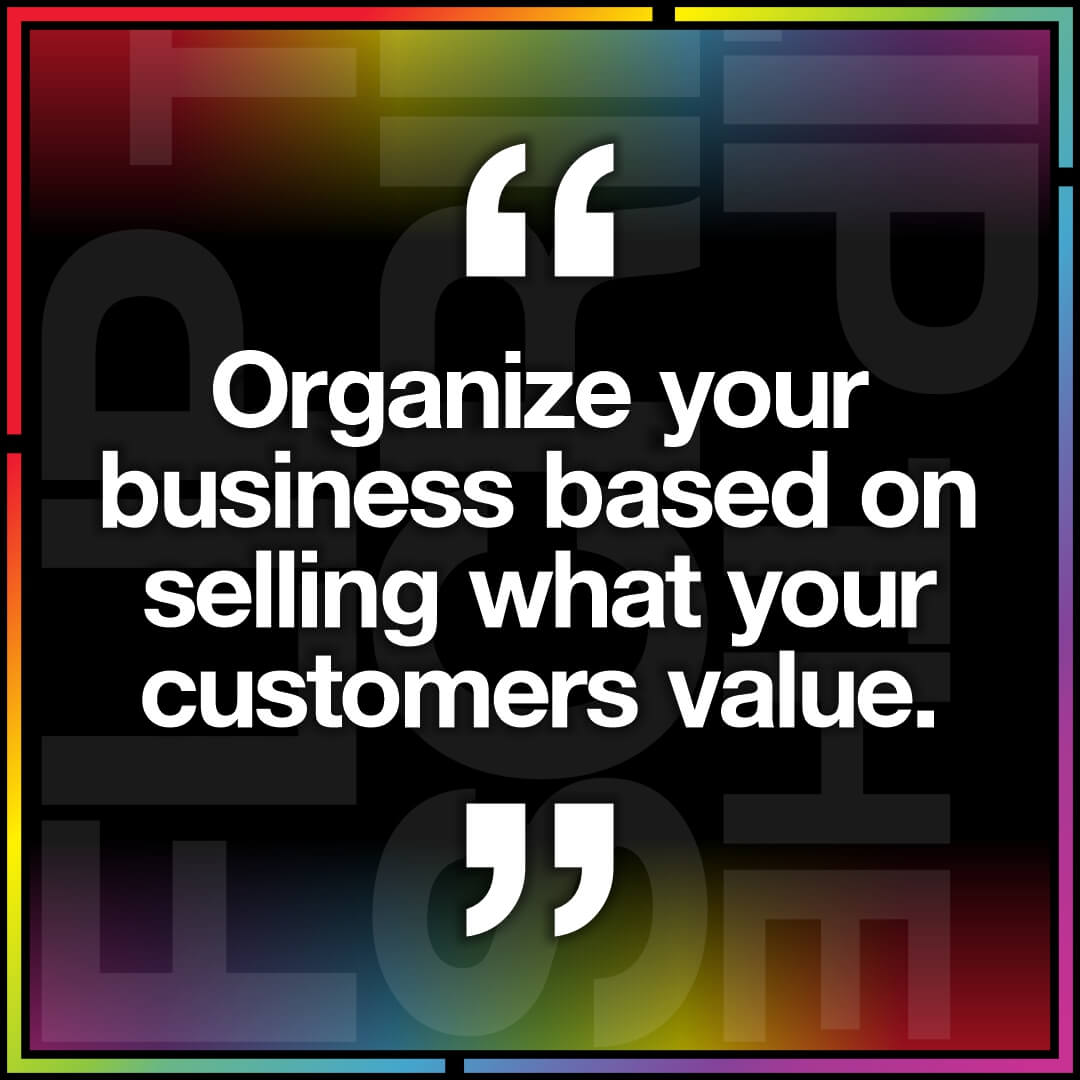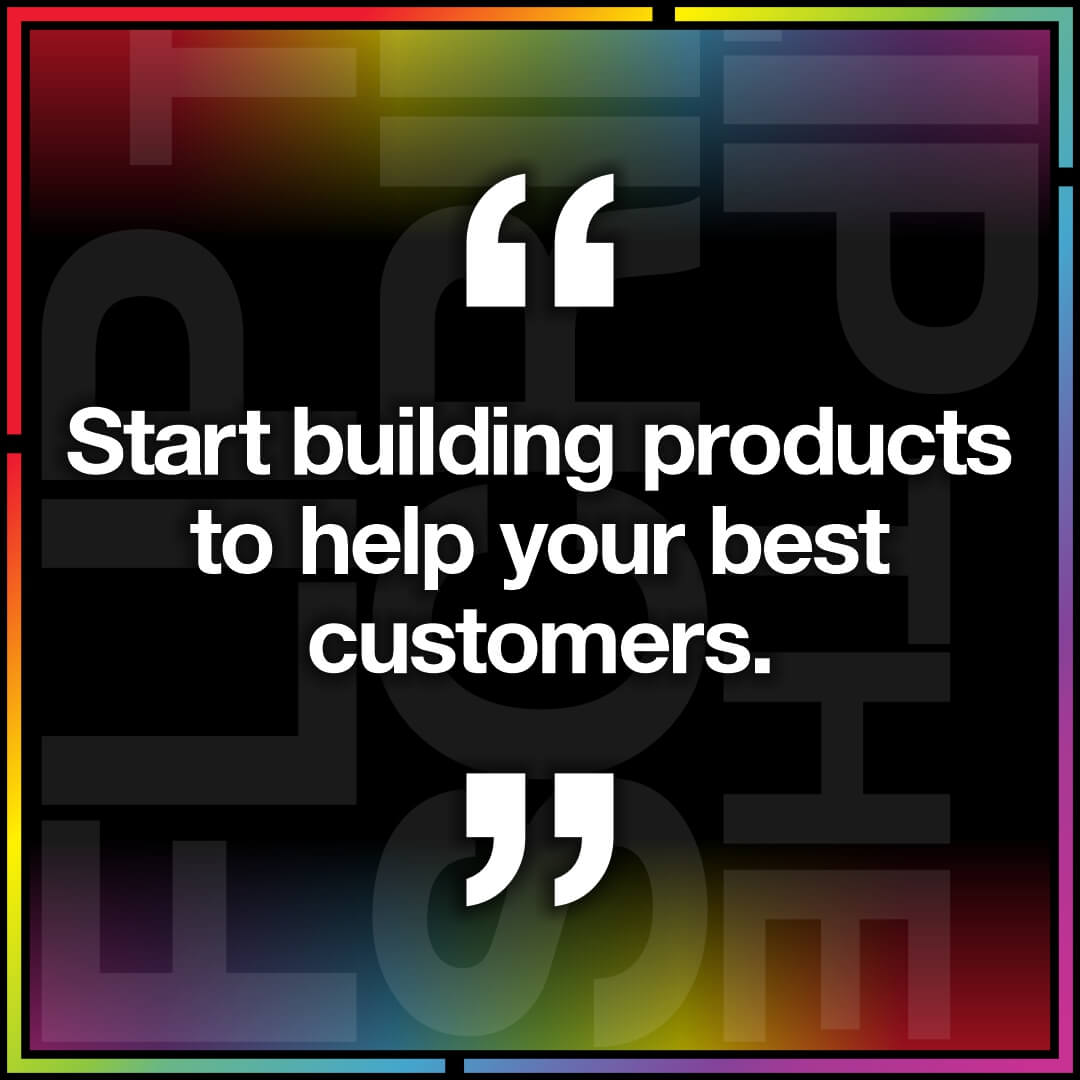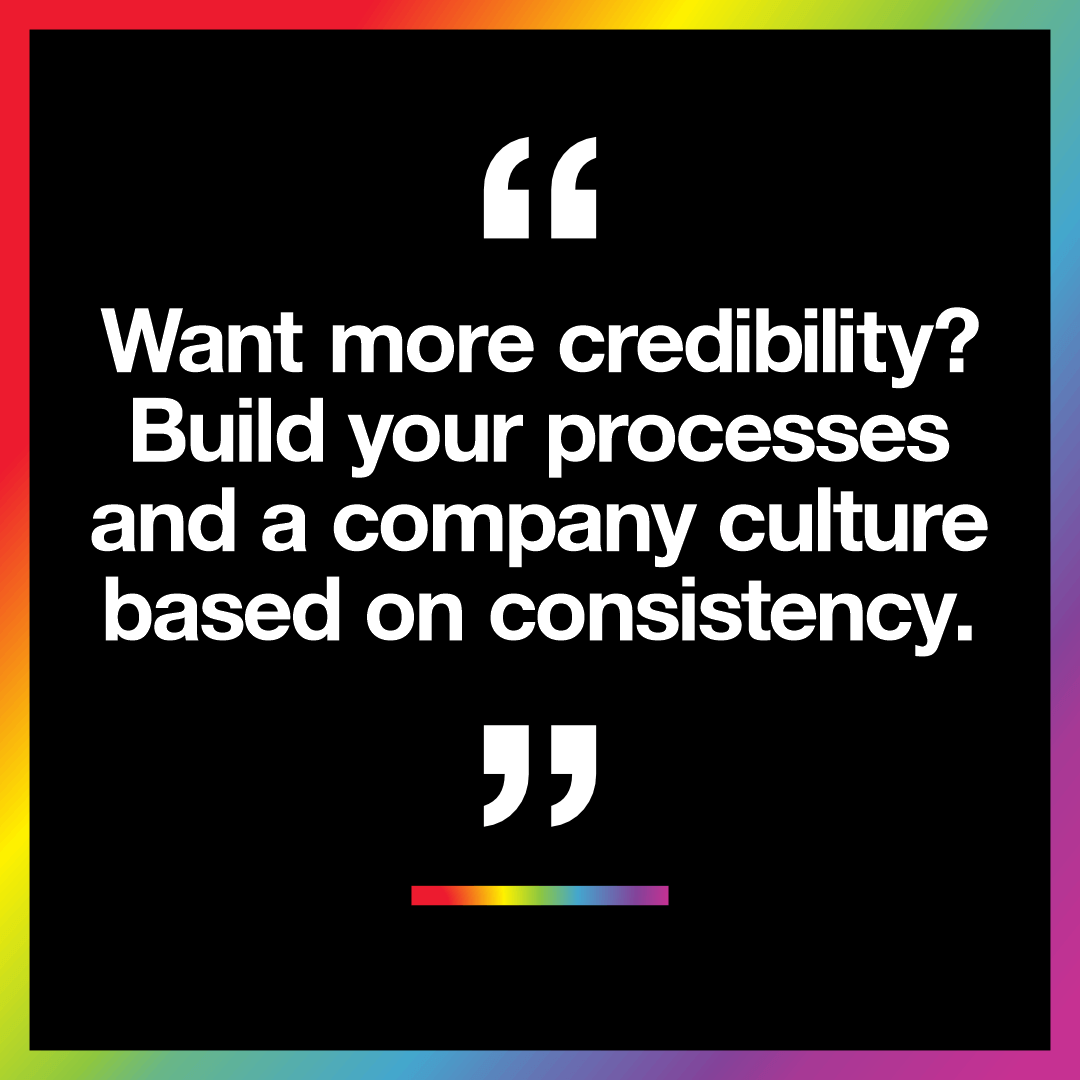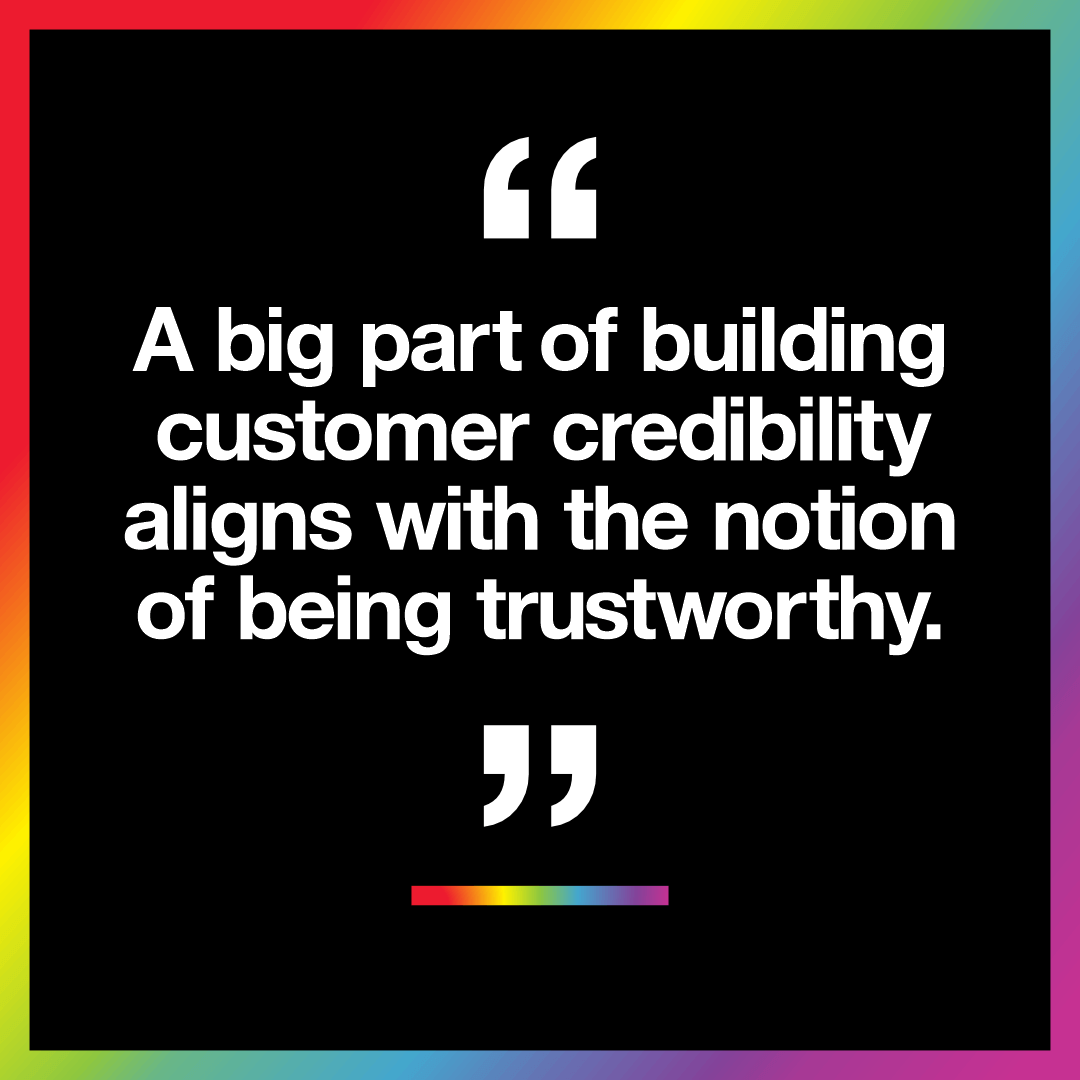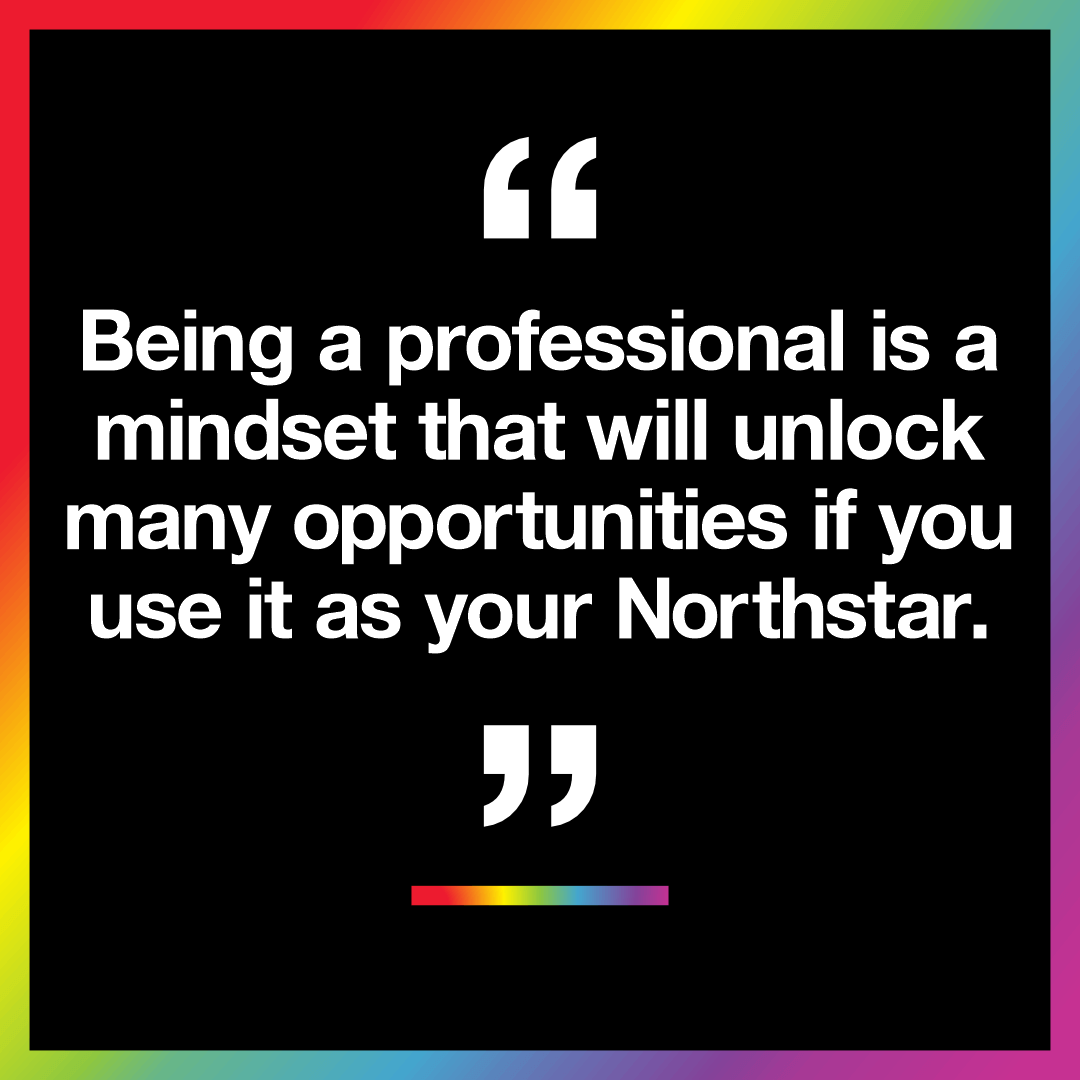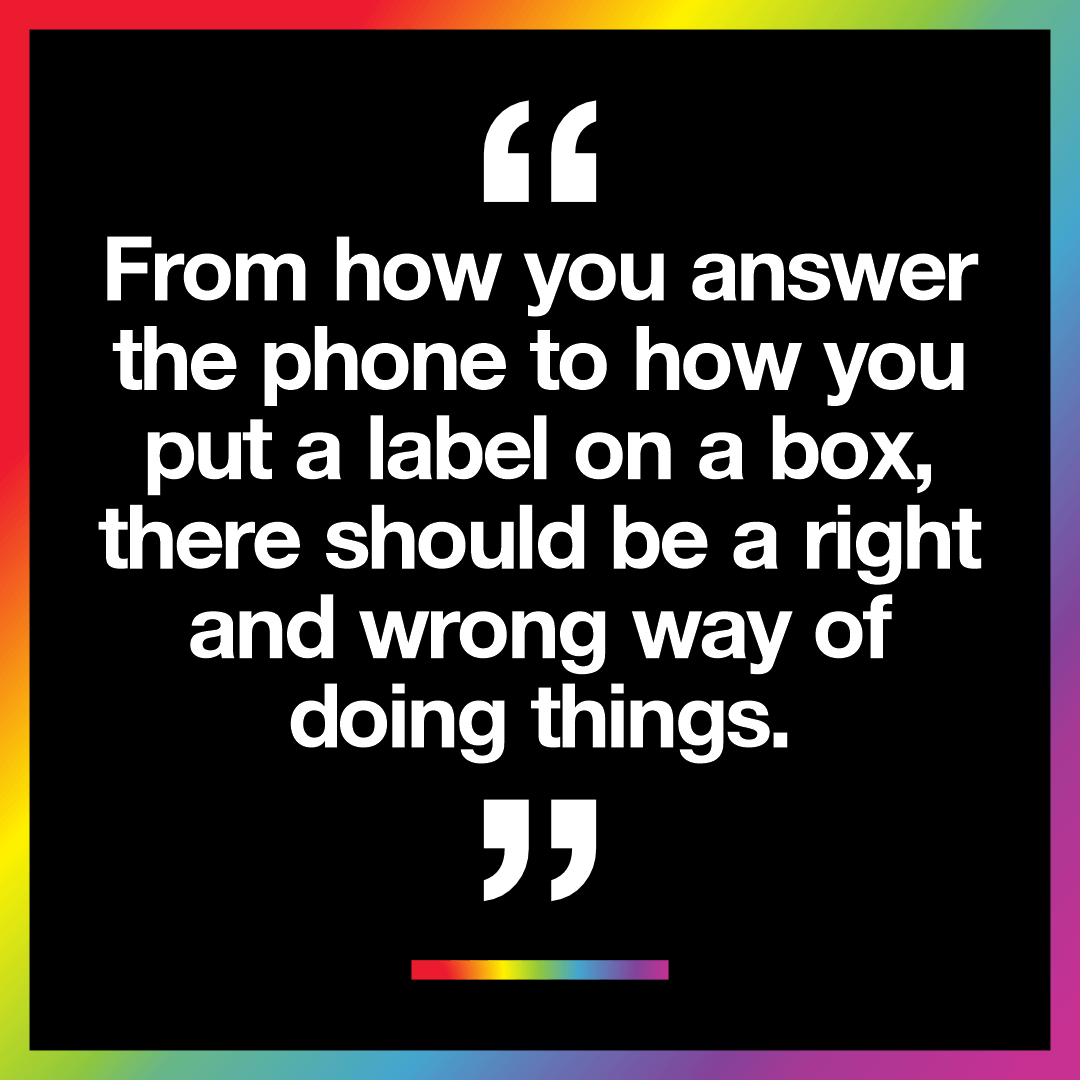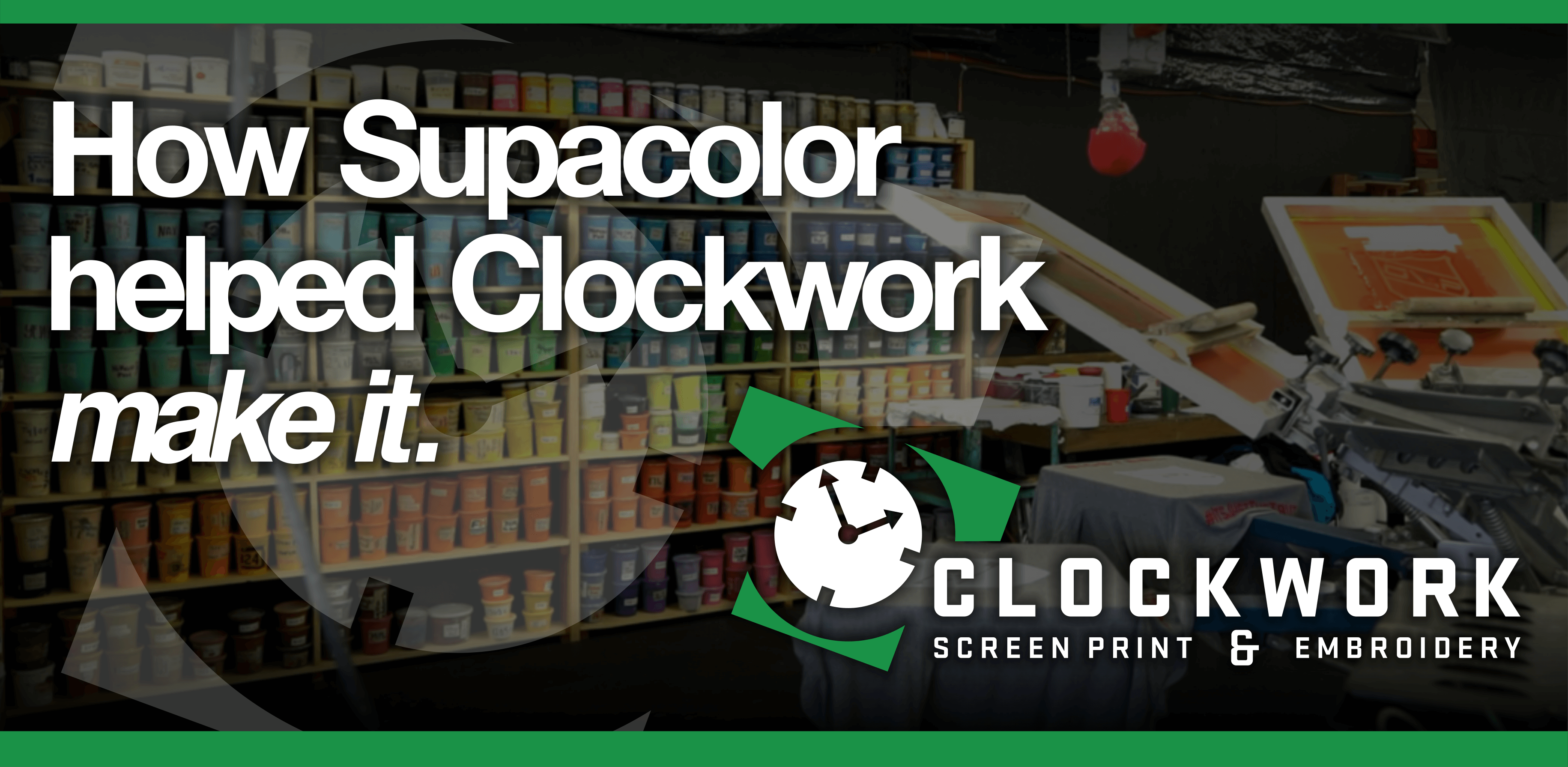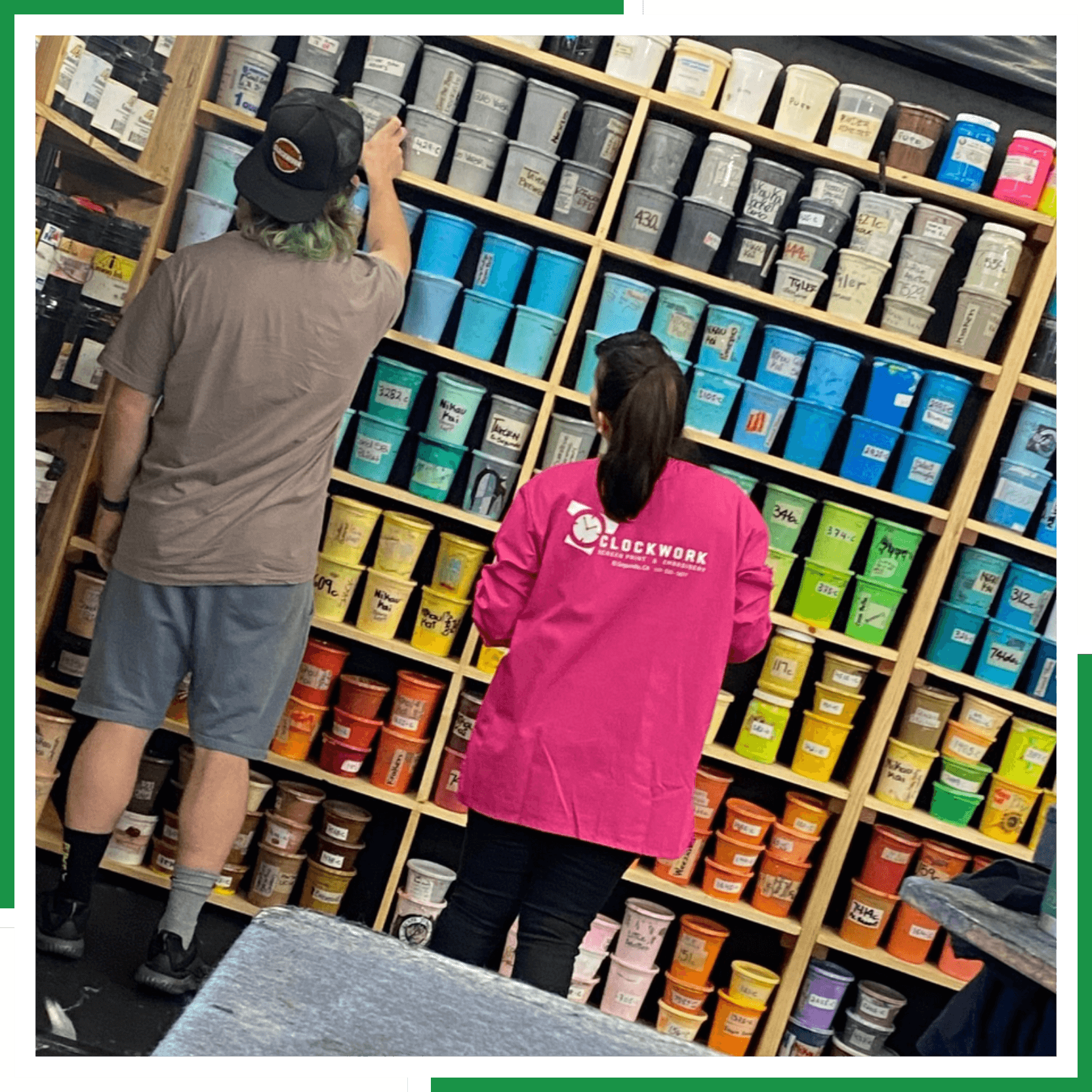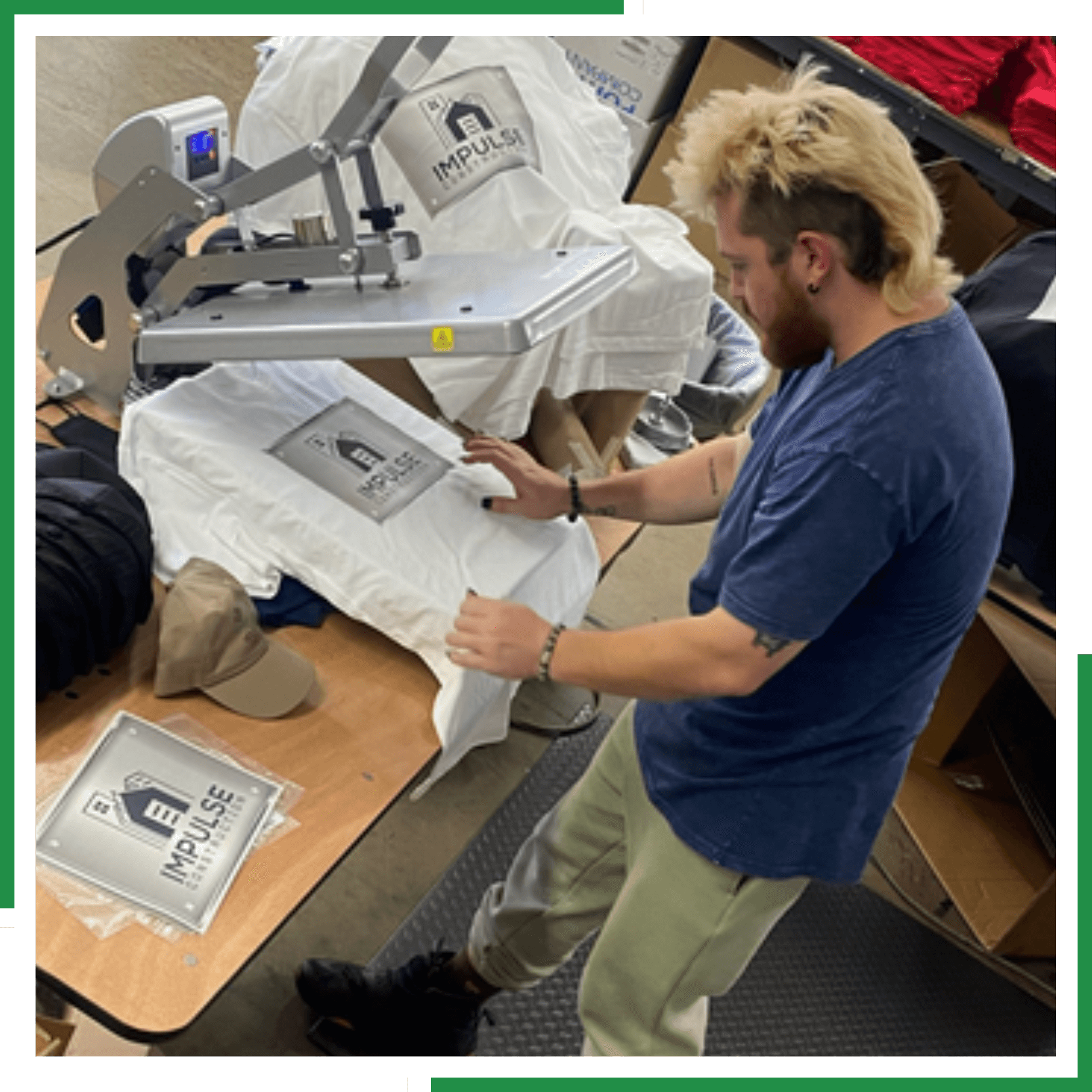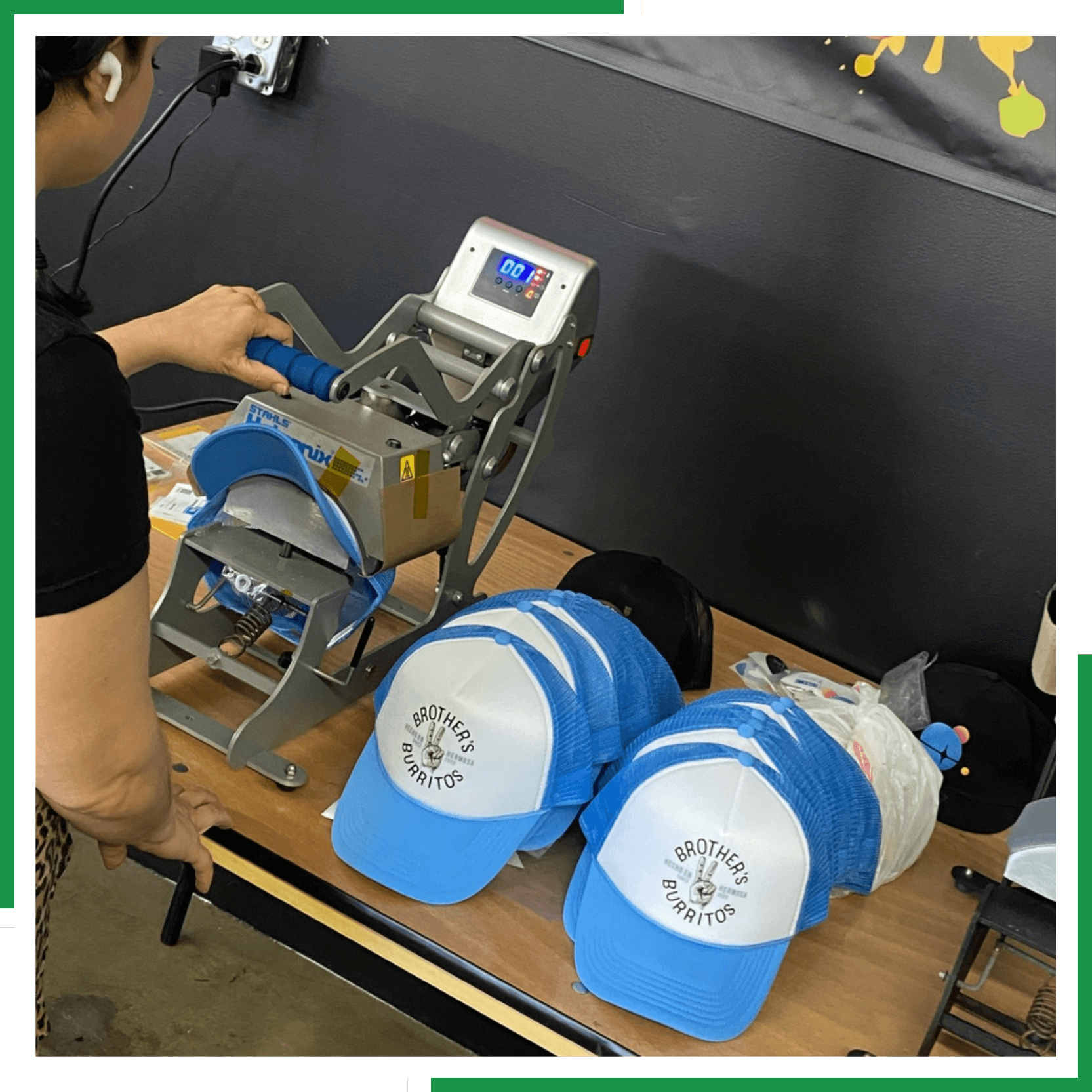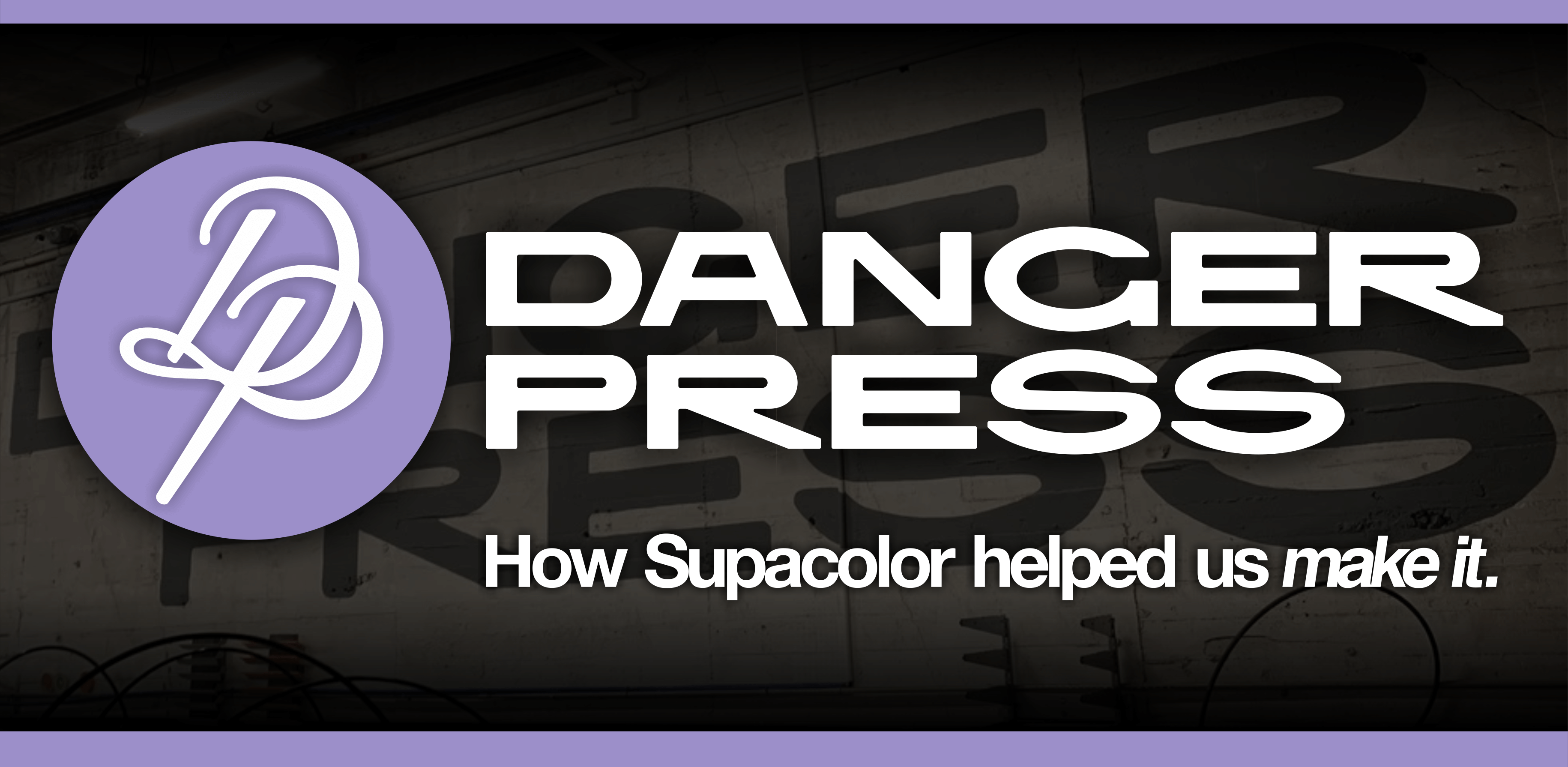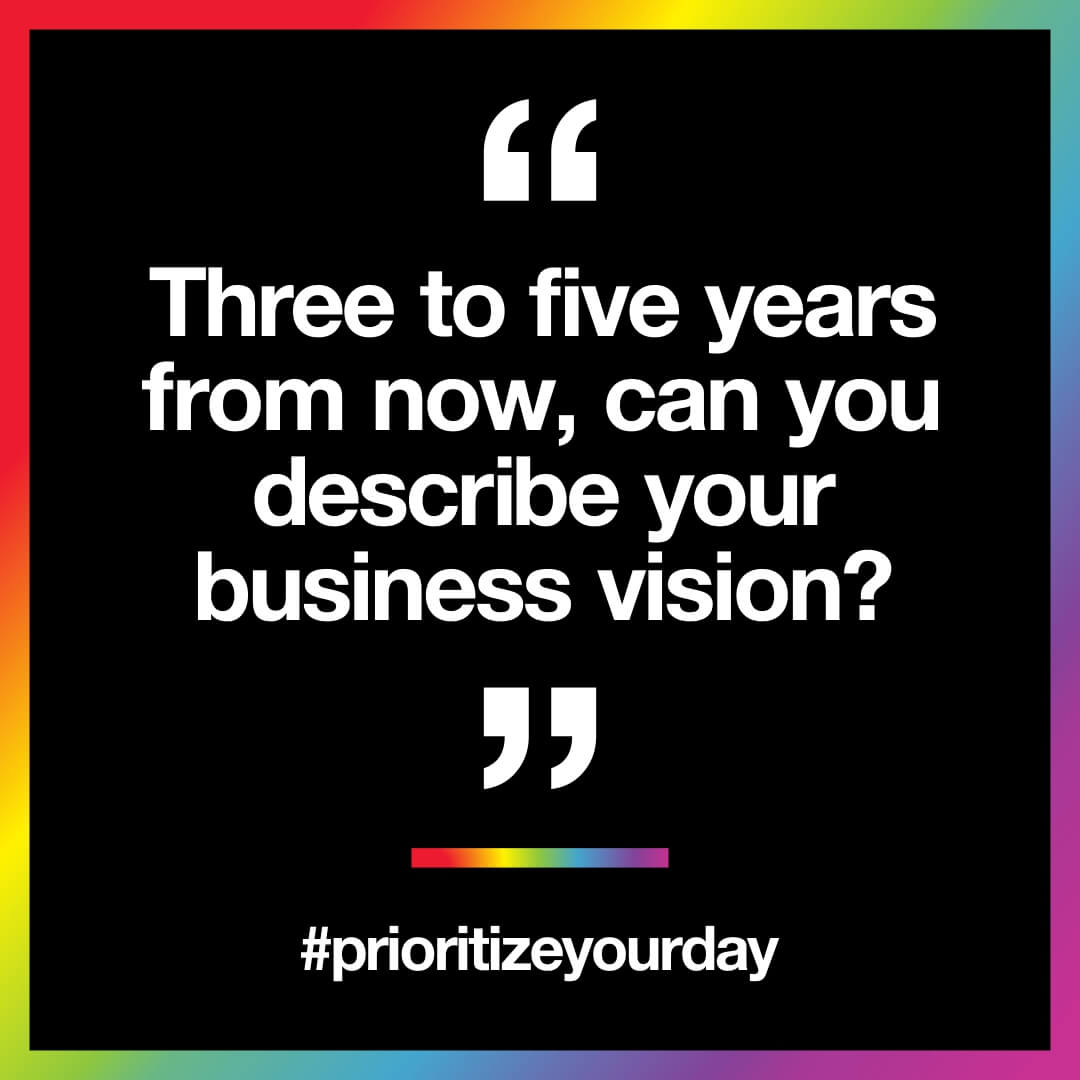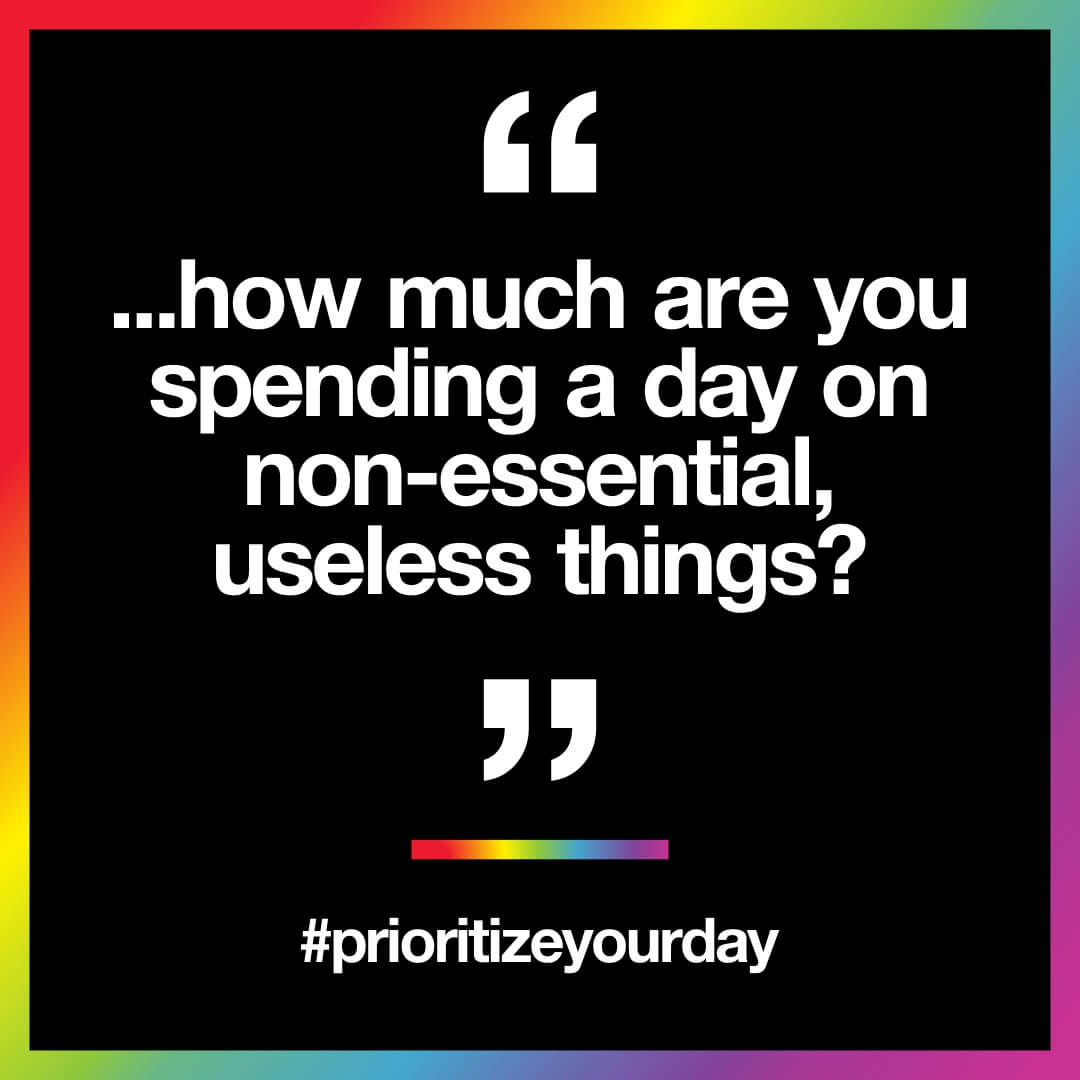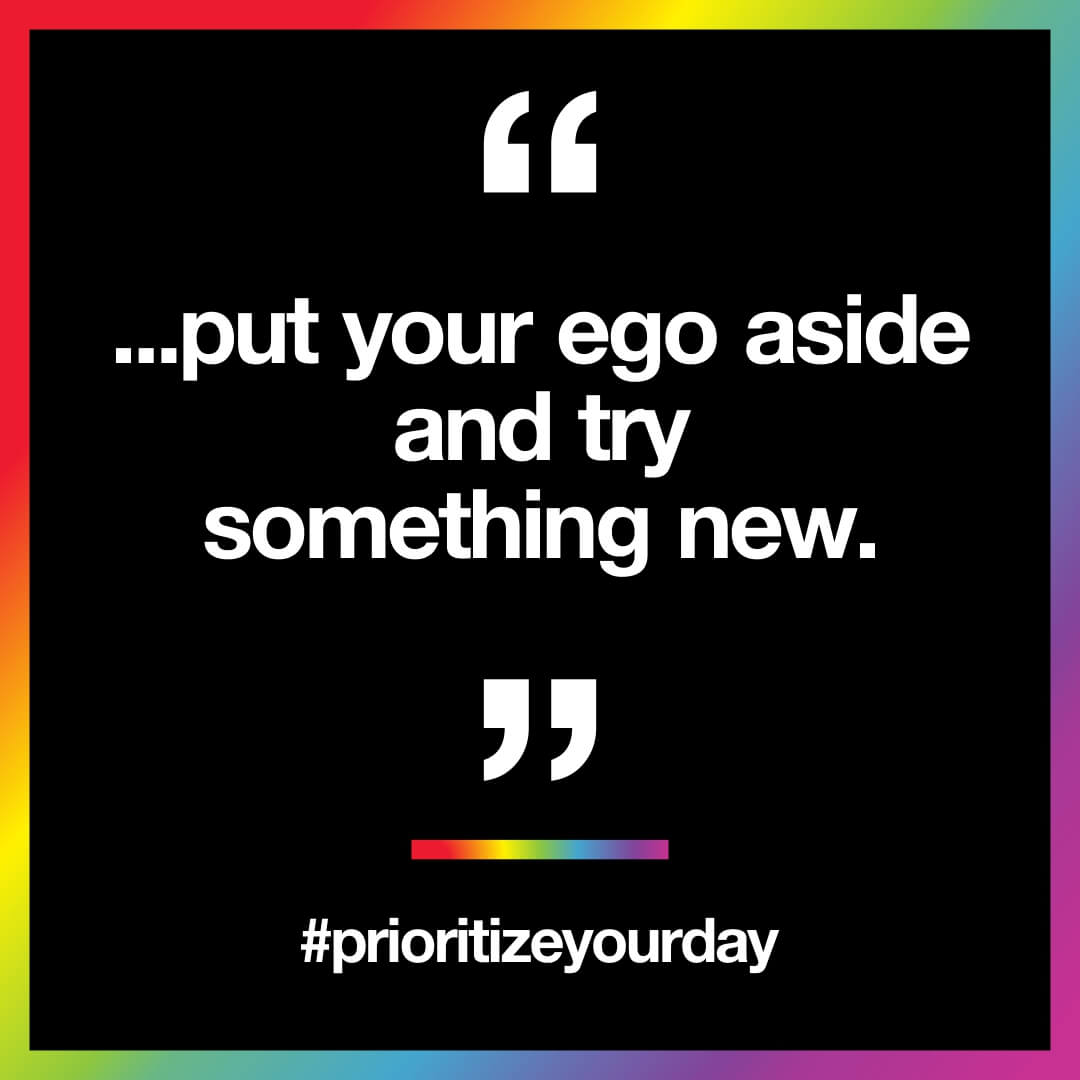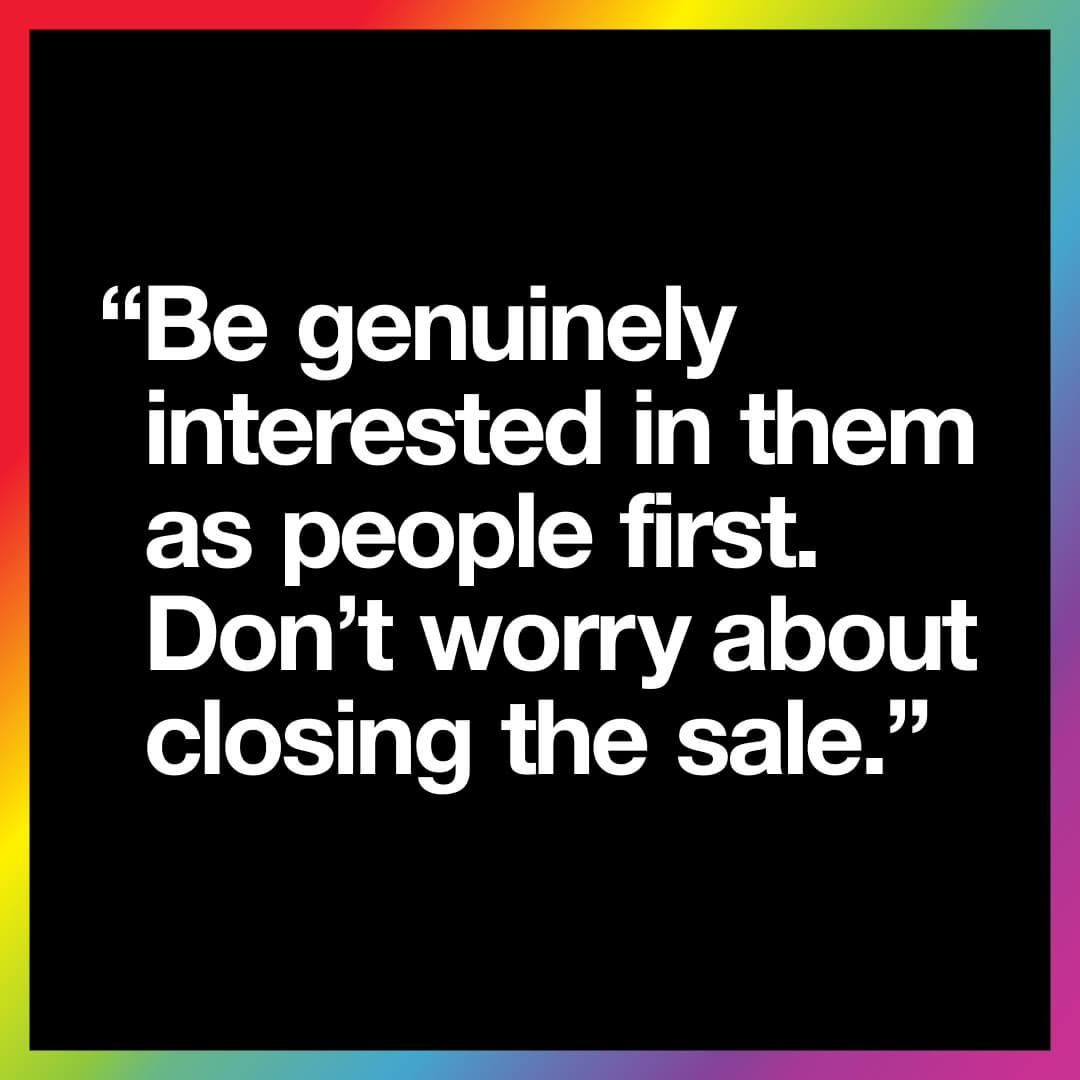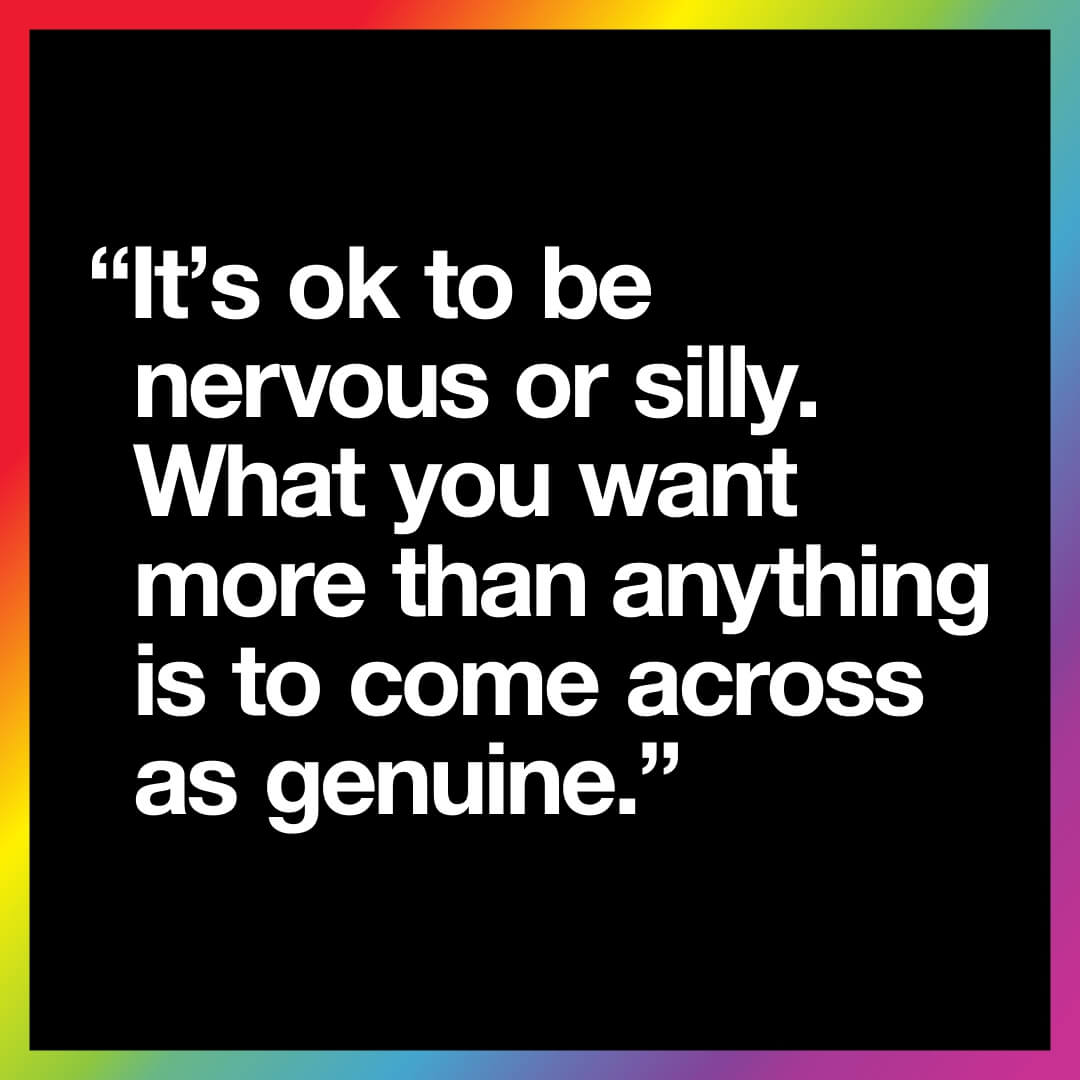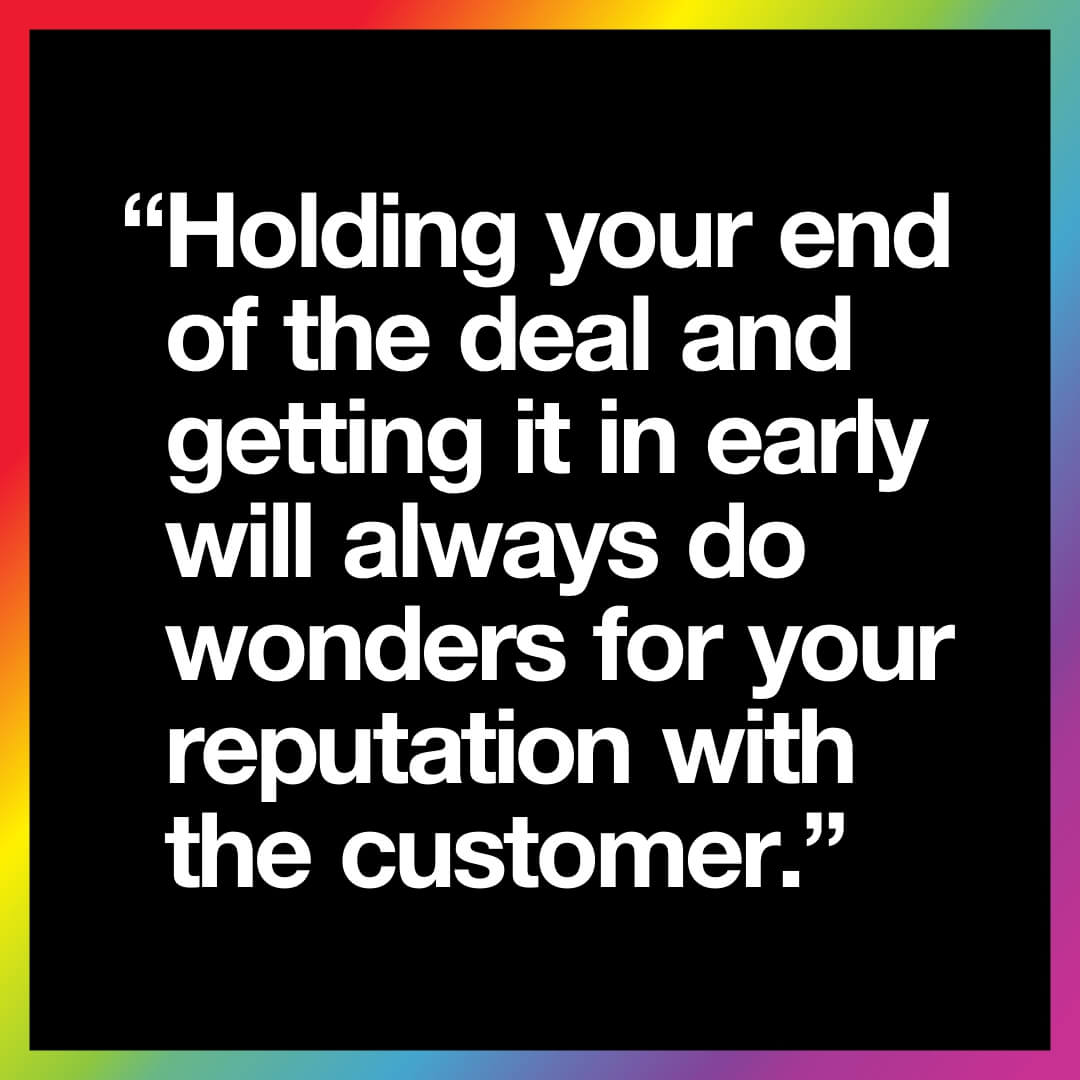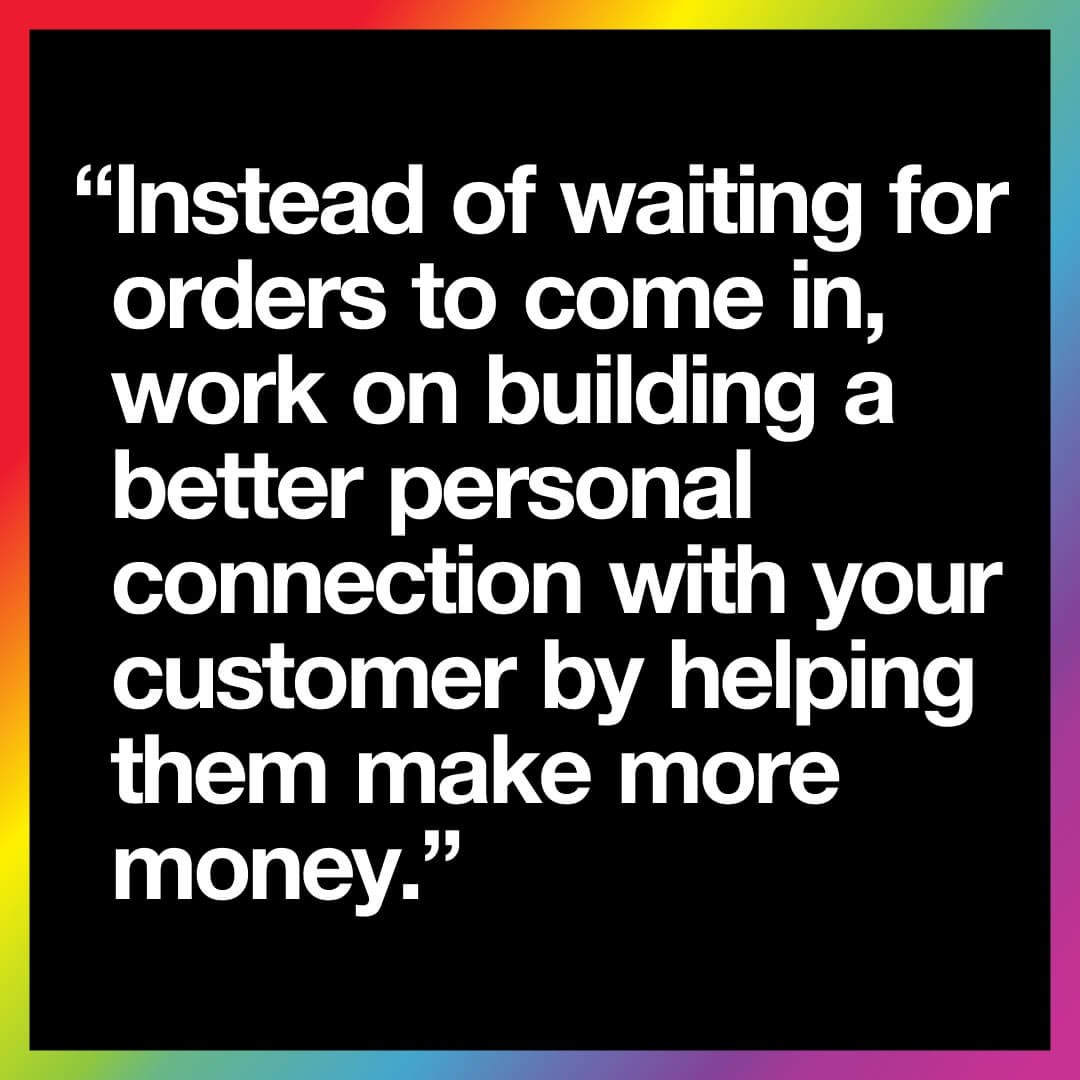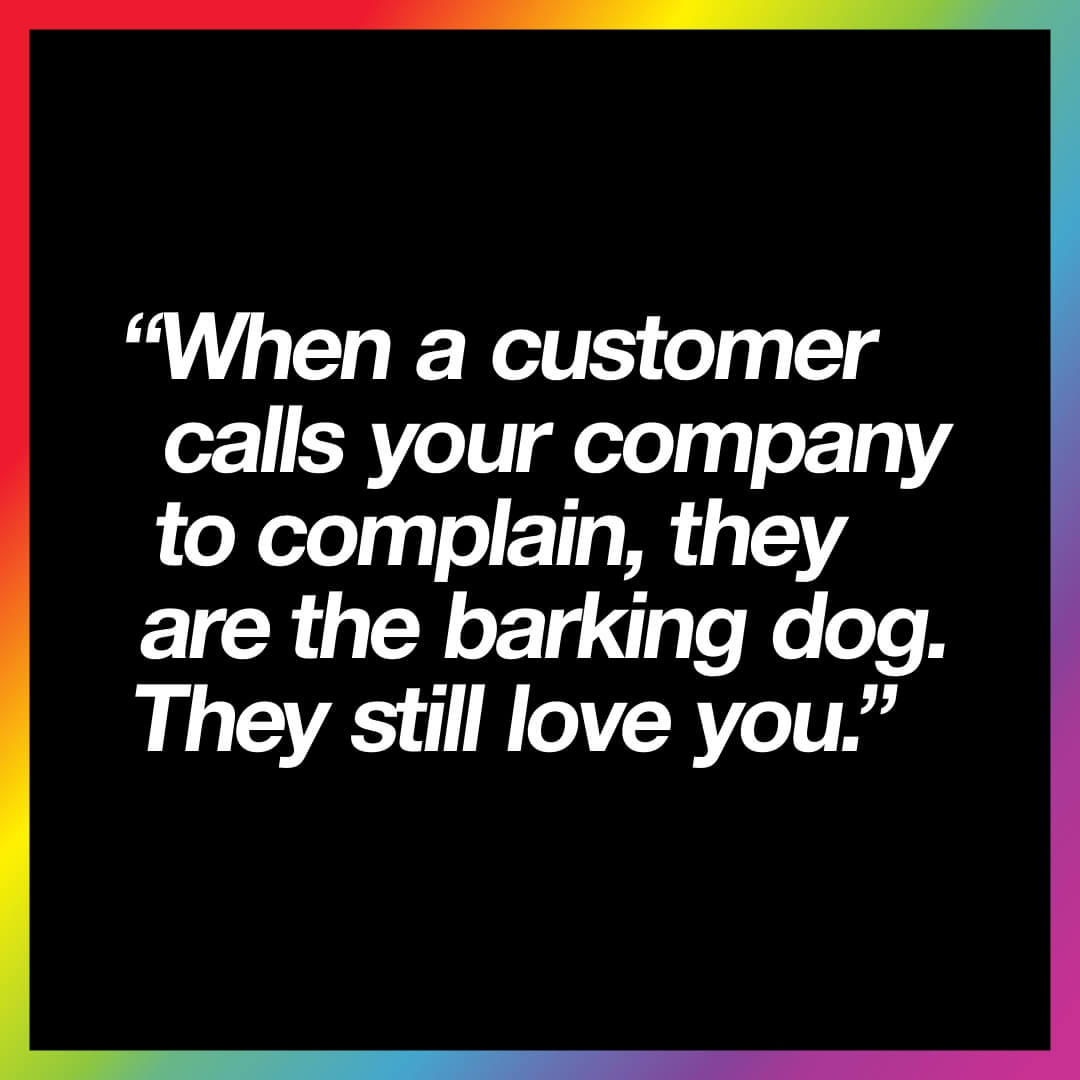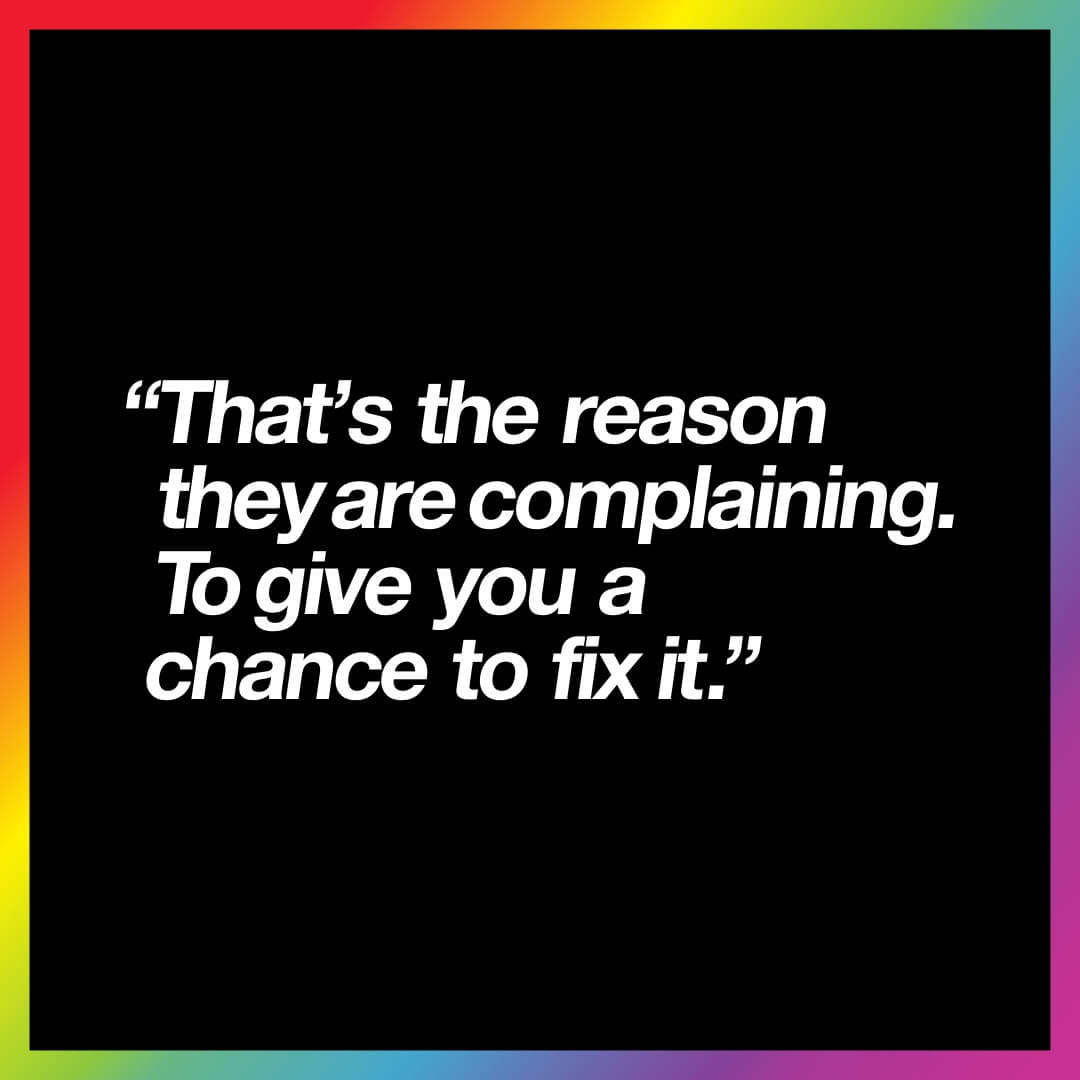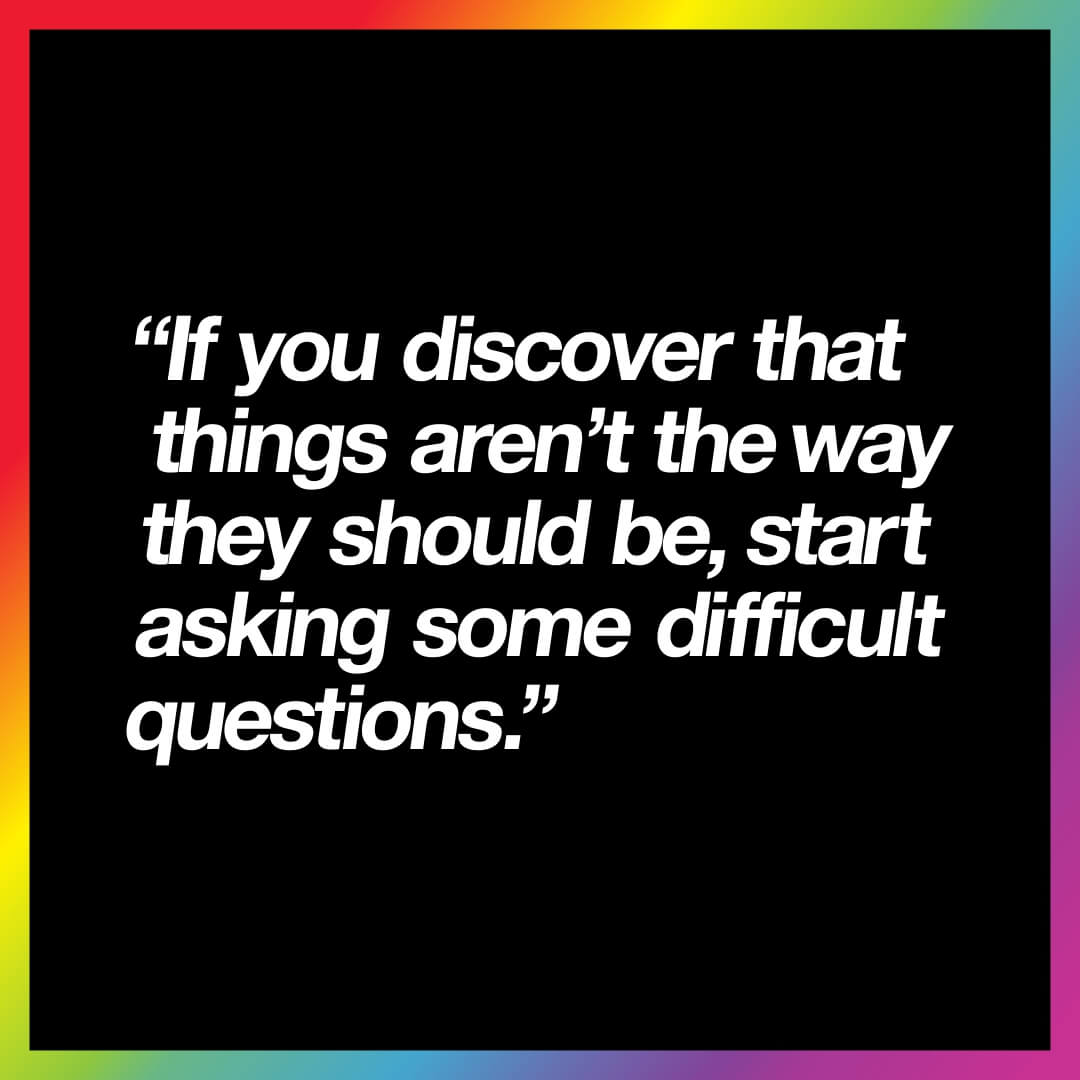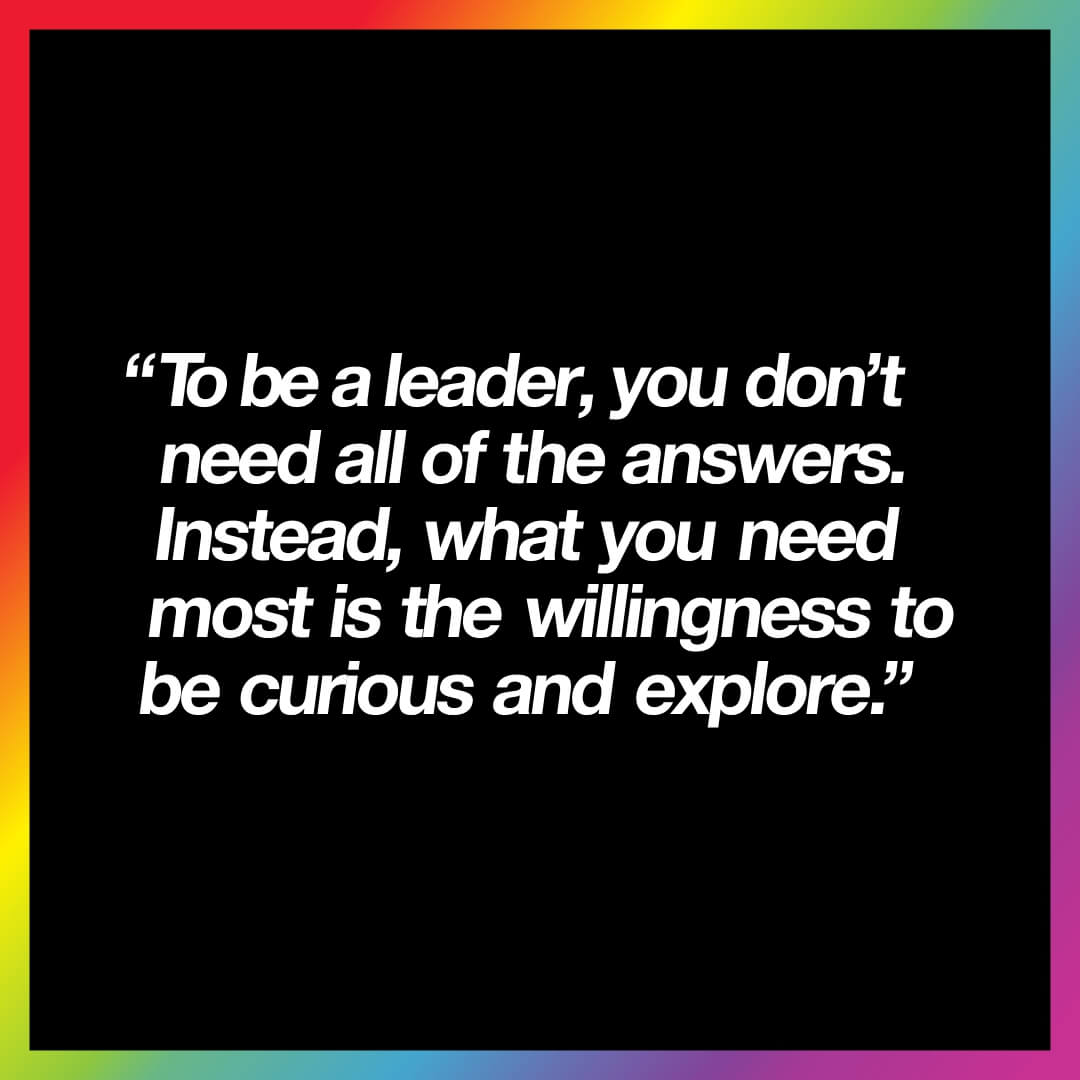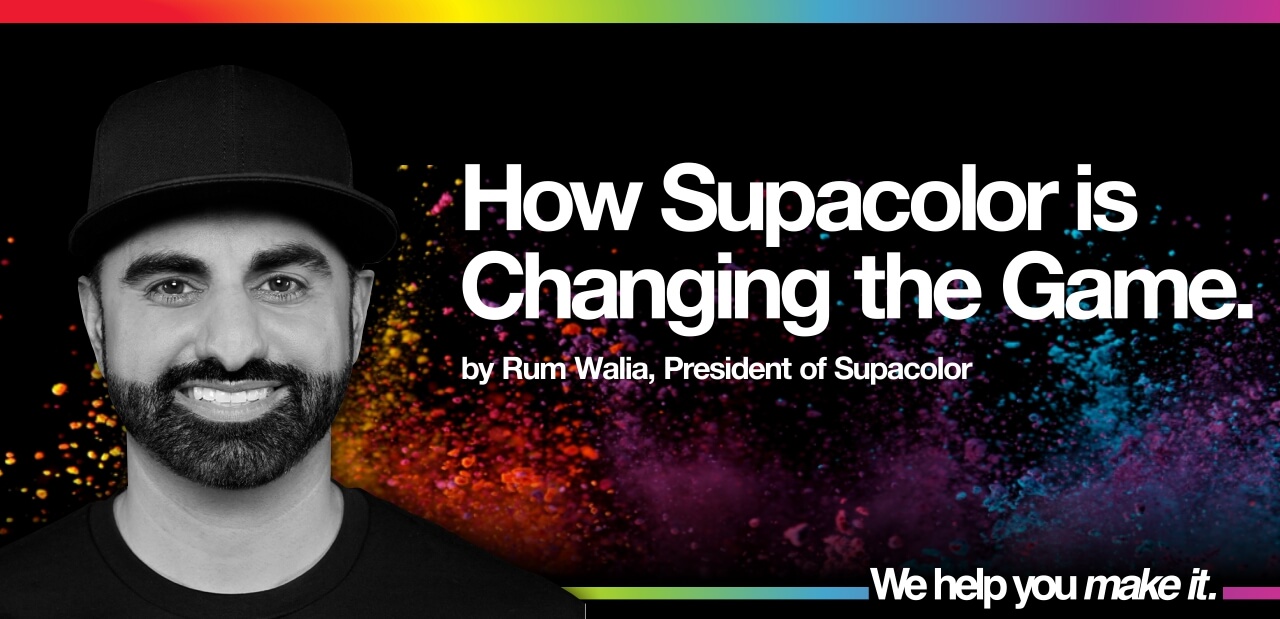You have options to choose from when it comes to heat transfers, and when it comes to full color heat transfers, Supacolor has set the bar high. When choosing your heat transfer, there are certain qualities you should be sure to look for.
On the surface, one of the things about direct to film printing is that it can be great for small quantities, such as one or two-unit test runs and small orders. This certainly has its place, but how does it compare to Supacolor overall? In this article, we’ll take a look and explain why it’s either Supacolor or it’s not.
Here’s the product differences:
Color Vibrancy and Consistency
Supacolor’s 6-color process involves a combination of screen printing and digital printing. This delivers unmatched vibrancy and consistent color from order to order.
Opacity
Supacolor screen prints its white based ink when creating transfers. By screen printing the white base it allows your prints to stay consistently vibrant on light and dark garments.
Washability
Supacolor is lab tested and certified to last 70+ washes without cracking or fading. Read the lab report results HERE.
Certifications
It’s a part of our brands promise to be eco-friendly and chemically safe. Supacolor is kid safe, and our certifications include Prop 65, CPSIA and Oeko-Tex. So, make sure your transfer company is safe for both your customer and the environment.
Durability and Stretchability
Supacolor features a supasoft hand feel and industry leading stretchability.
By using the screen-printing process in combination with the full color digital, Supacolor has unmatched durability. This means that when stretched, our transfers rebound better than any other product on the market.
Wide Application
Supacolor offers specialized transfer types for virtually any fabric and different bleed levels. When using a one size fits all solution, the consistency and durability of application remains inconsistent.
Low Minimums
Supacolor has the lowest minimum among full color screen printed transfers, at just 10 pieces. This allows you to deliver your customers high quality, long lasting, durable full color prints with as low as 10 pieces.
Turnaround Time
Supacolor has a Supafast, industry leading turnaround. With factories all over the world, most orders ship within a few business days, no matter what the quantity.


